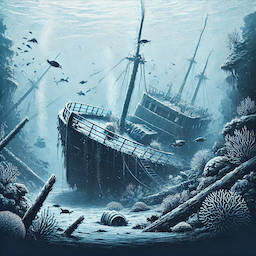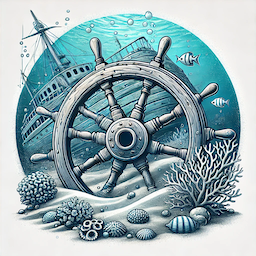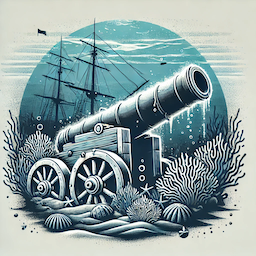Welcome to Shotline Diving
Connecting You to the Depths of the Great Lakes & Rivers
At Shotline Diving (SLD), we dive deeper—both literally and figuratively—into the fascinating underwater worlds of Lake Ontario and the St. Lawrence River. From historic wrecks to pristine underwater landscapes, there’s something for every diver, from beginner to pro.
Finding Shipwreck Information
Due to the sheer number of wrecks and heritage sites across the Great Lakes, it can be daunting to find specific information quickly. To simplify this, we’ve built in several search options: use the magnifying glass icon in the main menu, or rely on our reduced search filters that highlight the best-matching sites. You’ll also notice the “Instant Answer” feature at the bottom right—just ask Spike if you can’t find what you’re looking for. And if you still come up empty, simply ask Spike to send us a message and we’ll research it for you.
Shipwreck and Shore Dive Resources at Your Fingertips
Data Input
Documents
Glossaries
Map Legend
- Blue Shipwrecks: Located wreck sites
- Yellow Shipwrecks: Missing or unlocated wrecks
- Red Shipwrecks: Burned at dock
- Green Shipwrecks: Wrecked by striking land
- Black Icons:
- Airplanes — Known crash sites (recovery status unknown)
- Cars, docks, and other manmade features
Important Notice
Coordinates are not for navigation. Accuracy is not guaranteed. For corrections or updates, email info@shotlinediving.com.
Map Scope & Contents
- This map serves as a visual table of contents for wrecks listed on this site.
- Some wrecks are excluded due to vague locations, dynamiting, scrapping, recovery, or classification.




